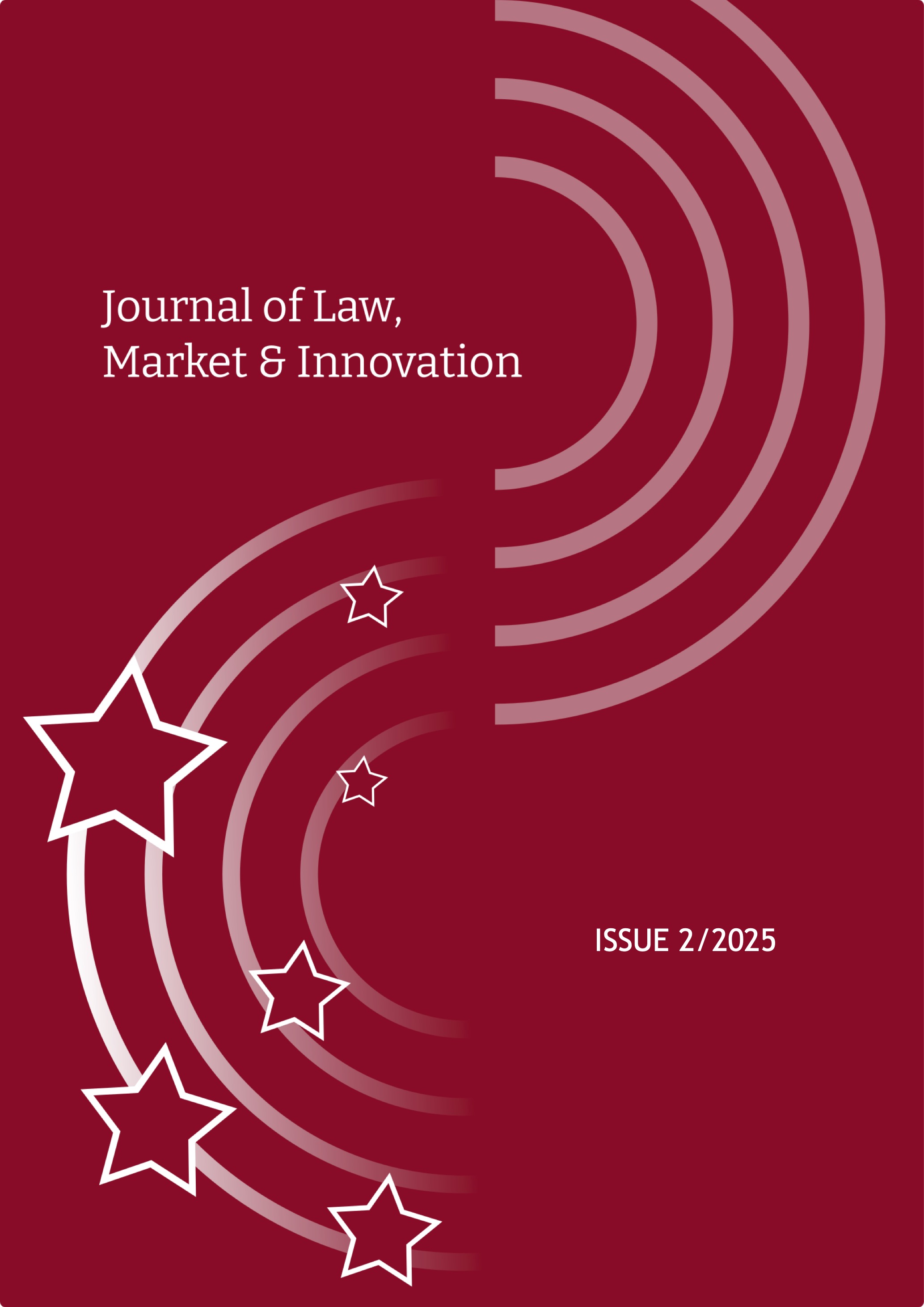The persistence of the opposites: AI and blockchain for transparent and secure cross-regulatory compliance and enforcement cooperation test beds in the EU digital acquis
DOI:
https://doi.org/10.13135/2785-7867/12273Keywords:
Artificial Intelligence, Blockchain, Regulatory compliance , Smart contracts, EU Digital AcquisAbstract
Artificial intelligence (AI) and blockchain technologies occupy a prominent position on both global and European regulatory agendas, functioning as both passive objects of regulation and active instruments of regulatory governance. Their shared capacity to automate and accelerate processes traditionally performed by humans renders them apt for embedding compliance and enforcement functionalities into socio-technical systems. This potential has been formally acknowledged — and in certain instances mandated — by the European legislators. The Data Act requires the deployment of interoperable smart contracts for the execution of data-sharing agreements generated by Internet of Things (IoT) devices;1 the DLT Pilot Regime provides legal recognition for distributed ledger infrastructures in the trading and settlement of crypto- assets; and the AI Act establishes obligations around traceability, verifiability, and explainability, thereby suggesting the central role of eXplainable AI (XAI) in fostering transparency, democratic oversight, and system security. This article investigates how the ostensibly opposing properties of AI and blockchain — centralisation versus decentralisation, probabilistic versus deterministic logic, opacity versus transparency — may be harnessed to develop regulatory infrastructures that are transparent, secure, and compliant ‘by design’. Building on computer science literature and extending the RegTech and SupTech paradigms beyond the financial domain, the study investigates the prospective integration of AI’s adaptive and predictive capabilities with blockchain’s immutability, auditability, and privacy-preserving architecture — augmented by smart contract automation — while critically addressing its potential limitations and points of failure. It argues that such convergence can support cooperative, cross-sectoral, and cross-border mechanisms for legal compliance and regulatory enforcement within the EU Digital Acquis. Two exploratory test-bed hypotheses are advanced. First, it proposes that blockchain-enhanced XAI may assist in fulfilling and enabling oversight of the transparency requirements applicable to high-risk AI systems under the AI Act. Second, the paper considers how federated learning — integrated with blockchain infrastructure — can enable privacy- and security-enhancing data sharing in accordance with the normative and technical provisions of the Data Act and the Data Governance Act. While recognising the persisting technical, legal, ethical and environmental challenges to full-scale integration, the article concludes that the AI–blockchain nexus holds considerable promise for the development of robust, transparent, and cooperative regulatory enforcement architectures across the EU evolving digital legal landscape.




 EJIF has been approved for inclusion in
EJIF has been approved for inclusion in  The Journal of Law, Market & Innovation is indexed in
The Journal of Law, Market & Innovation is indexed in  The Journal of Law, Market & Innovation is indexed in
The Journal of Law, Market & Innovation is indexed in  The Journal of Law, Market & Innovation is indexed in
The Journal of Law, Market & Innovation is indexed in  The Journal of Law, Market & Innovation is indexed in
The Journal of Law, Market & Innovation is indexed in  The JLMI is classified as a "scientific" journal for Law (Area 12) by the Italian
The JLMI is classified as a "scientific" journal for Law (Area 12) by the Italian 